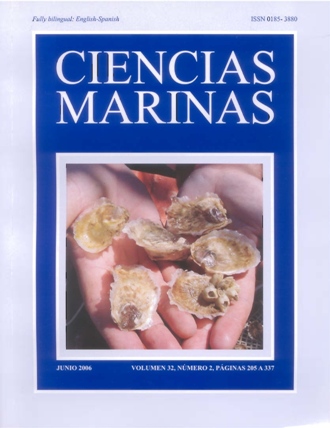Purification of luteinizing hormone (LH) in the sea bass (Dicentrarchus labrax) and development of a specific immunoassay
Main Article Content
Abstract
The luteinizing hormone (LH) is a key regulator of the processes of gonad maturation, ovulation/spermiation and spawning in vertebrates. The present study describes the purification of LH from pituitaries of a teleost fish, the European sea bass (Dicentrarchus labrax), by three-step chromatography (gel filtration, ion-exchange and FPLC). The LH α and β subunits were isolated by rpHPLC. The molecular weight of LH was estimated, on SDS-PAGE, at 31 kD, and for its α and β subunits, at 12 and 22 kD, respectively. Specific antibodies against the sea bass LHβ subunit (AbLHβ obtained and used to develop a specific enzyme-linked immunosorbent assay (ELISA), which had a sensitivity of around 0.65 ng mL–1 (Bi/Bo 80%) and intraand inter-assay coefficients of variation of 11.7% (n = 8) and 11% (n = 10), respectively. Validation of the assay showed parallelism between the standard curve and plasma and pituitary samples from sea bass, as well as with pituitary extracts from other perciform fishes. We measured, using ELISA, plasma LH levels in female sea bass given a single injection of different doses of GnRHa ([D-Ala6, Pro9-Net]-LHRH), as a hormonal therapy for spawning induction. All treatments increased plasma LH levels after 90 min of the injection and were maintained elevated during 24 h. In conclusion, the immunoassay developed is sensitive and accurate, useful for LH analysis in biological samples of sea bass, and represents a valuable tool for studies on the reproductive endocrinology of this species.
Downloads
Article Details
This is an open access article distributed under a Creative Commons Attribution 4.0 License, which allows you to share and adapt the work, as long as you give appropriate credit to the original author(s) and the source, provide a link to the Creative Commons license, and indicate if changes were made. Figures, tables and other elements in the article are included in the article’s CC BY 4.0 license, unless otherwise indicated. The journal title is protected by copyrights and not subject to this license. Full license deed can be viewed here.

